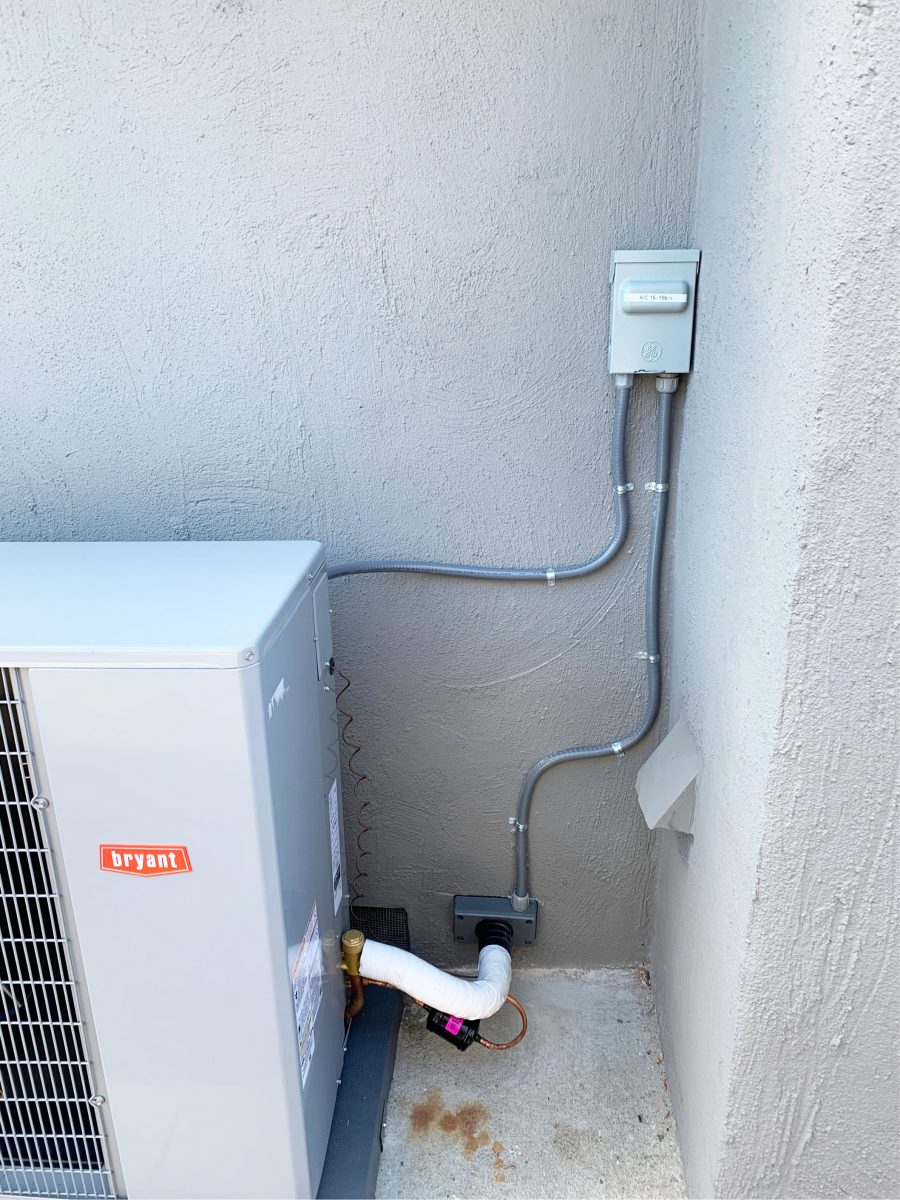
The longest path connecting activities are called critical paths. To help project managers define their projects, they can use critical paths. First, determine the criticality of a project to determine if there is a critical pathway. Then, identify the critical pathway. Identify its length, start and end, and network sensitivity.
Triangular distribution
A critical path diagram represents the project's activities visually. The original critical path diagrams had to be drawn by hand. However, today, you can create them using software. It is important to calculate the time each activity will take before you can create a critical-path diagram. You might need to calculate the time in either days or weeks. The 3-point estimation method can be used to get an exact time frame.
The three-point estimation methodology is the basis of the PERT Method. It can also be used at any planning level. PERT methods implicitly assign weight to the most likely estimate. These methods also provide probabilities for expected ranges.
Start early
The critical path method can be used to estimate the project's duration. This method calculates the project's earliest and most recent start and end dates by using forward and backward passes. While these results don't always match the actual project schedule, they do indicate the time intervals within which certain activities must be scheduled.

The completion of prior activities is a condition for setting the start and ending dates in critical pathways project management. This means that previous activities must be completed before a new task is started. The previous activity must also be completed so that the new task can be completed on-time. The result is a project schedule with more flexibility.
Early end
It can be very effective to manage a project using the critical path method. It will ensure that your project is completed within the budget and timeframe. This method estimates the time it takes to complete each activity in a project. A smaller project may require a shorter time frame, such as a few days or even weeks. The 3-point estimation method can help you estimate the time it will take to complete your project.
The critical path is a sequence of activities that must be completed in a specific order. Each activity along the critical path is associated with a deadline. This timeline will be adjusted if any of the activities are completed ahead of time or lag behind schedule.
Sensitivity to network
One of the most critical steps in planning a project is to identify the key activities. These activities include those that must be done quickly. These activities can be identified with the Forward Pass/Back Pass method. It also gives an estimate of their start and finish times. This technique can be useful in project management, as it helps prioritize activities based upon their importance. The critical path method is useful for project managers to plan ahead and ensure that projects stay on track. It can be used to determine the most efficient route to completion.
A critical path diagram highlights the critical activities. However, they may not overlap. These critical activities can be represented in the diagram as circles. They contain the name of each activity, their estimated duration and the dependent activities. The arrows connect each circle in the critical pathway, showing their dependencies. The PERT formula calculates the Mean and Standard Deviation (SD) for each critical activity, as well as the Duration of Critical Path. This combination gives rise to the Optimistic Critical Path.

Resource leveling
Resource leveling is an important tool in critical pathway project management. This method requires project managers to identify and complete the tasks that are critical to the success of the project. This methodology helps to keep a project on schedule, even if it's running behind. It involves the creation of "critical" tasks and then using a structured, sequential workflow to accomplish them. This type of project management helps with resource leveling, as it forces the team's attention to the essential activities and eliminates all other activities.
Resource leveling is achieved by using an algorithmic scheduling program that determines the resources required to complete various activities. The program examines the calendar to determine the amount of resources needed for each activity. It then ranks the activities based on the leveling priority index. The activity with the lowest priority will receive a lower priority and the other activities will be given a higher priority.
FAQ
What documents must I show to get building permission?
Additional to your SCA, you will need proof that:
-
There is adequate parking space available for visitors;
-
Access routes are suitable;
-
Any utilities are accessible; and
-
All works are compliant with the relevant planning regulations.
What is the scope of my SCA?
The scope of the work will be specified by your SCA, which will include how long it will take, what materials will be used, what equipment will be needed, and whether special permits will be required.
Do I have to think about any additional factors?
Yes. Please check your local laws for details about what projects you are allowed to do and the conditions that you need. You might need approval from the council in order to build in certain states. Other states require that you notify the council of your plans. Check with your local authorities to see where they stand on the issue.
Statistics
- (v) Place or places of performance of the prime contract and first-tier subcontracts estimated at $10 million or more, if known. (acquisition.gov)
- While we offer all our high-quality services at competitive prices, we know that many who need our services are on fixed incomes, so we offer a 10 percent discount for seniors and military members. (homeservicecontractorsinc.com)
- Depending on the client's trustworthiness and financial stability, a deposit is usually 10 to 50% of the total contract amount. (lawdepot.com)
- (d) Contractor disputes related to compliance with its obligation shall be handled according to the rules, regulations, and relevant orders of the Secretary of Labor (see 41 CFR60-1.1). (acquisition.gov)
- (1) Ascertain the extent to that offers are based on the payment of overtime and shift premiums; and (2) Negotiate contract prices or estimated costs without these premiums or obtain the requirement from other sources. (acquisition.gov)
External Links
How To
What's the difference between a service contract and a service agreement?
A service agreement is an offer by which a provider agrees to provide services for a customer. It creates an obligation on both parties. The term "service" refers to a company's products, information, advice, etc., but does not include financial services.
A contract is an legally binding document that describes the terms and circumstances of a business relationship. If you buy a product directly from a retailer, you've entered into a contractual agreement. You have the right to make payment for the item in due time. Accepting employment is a sign of your agreement with your employer.
An informal service agreement doesn't require formal documentation. A service agreement written is not often used in practice. Verbal agreements, however, are common.
However, a service agreement has several advantages over a contract:
-
A service agreement is flexibler than a contractual contract.
-
It allows a service company to change its mind without being penalized.
-
It gives the service greater flexibility in deciding how to deliver the agreed-upon service.
-
It is a record of the promises made.
-
It is easier for a service provider to be sued.
-
It is much cheaper to write a service contract than a standard contract.
-
It is less likely for it to result in litigation.
-
It's easier to end a service agreement than a contract arrangement.
-
It is easier to modify a service agreement than a conventional contract.
-
To establish an ongoing relationship, you can use a service contract.
-
It is possible to divide the cost of drafting service agreements with third parties.
-
If you are drafting a Service Agreement, it is possible for you to include a clause that requires arbitration.
-
It is possible for provisions to be added regarding confidentiality, proprietary rights, non-disclosure etc.
-
It is possible to specify the duration of the contract (e.g., one year).
-
It is possible to subject the service agreement to a condition precedent.
-
It is possible to say that the service provider is liable only for negligence or gross negligence.
-
It is possible to limit the liability for consequential damages.
-
It is possible for the service supplier to enter into another contract with a different customer.
-
Under certain circumstances, it is possible to give notice that you are terminating your contract.
-
It is possible to request that the service provider provides a warranty.